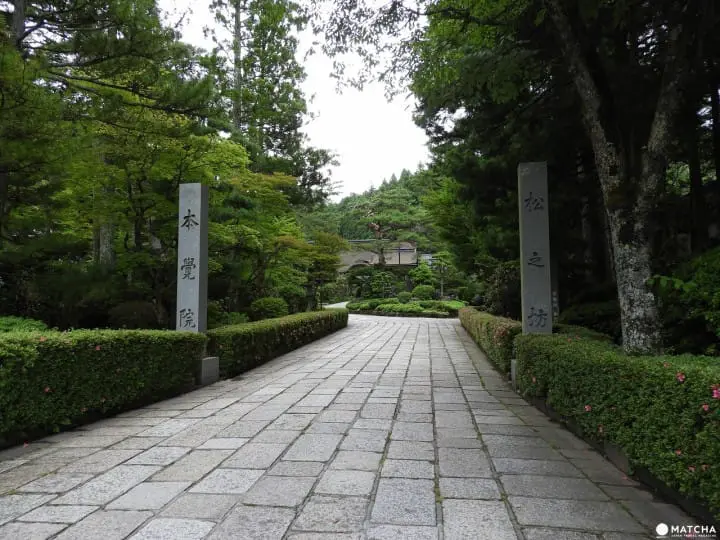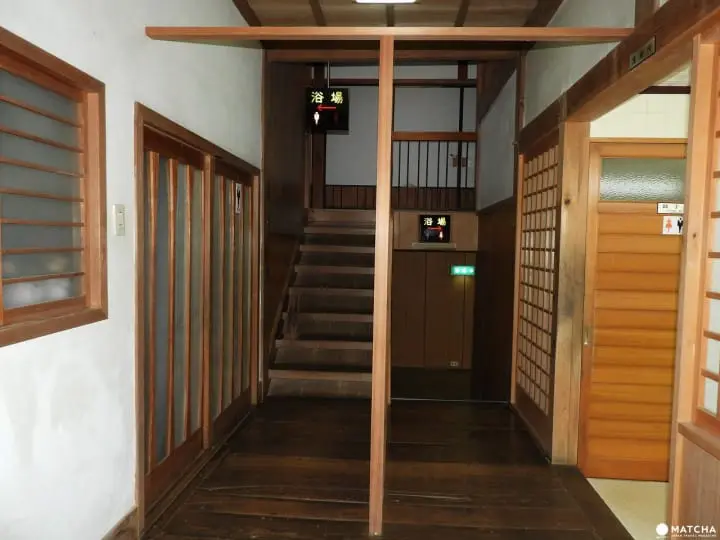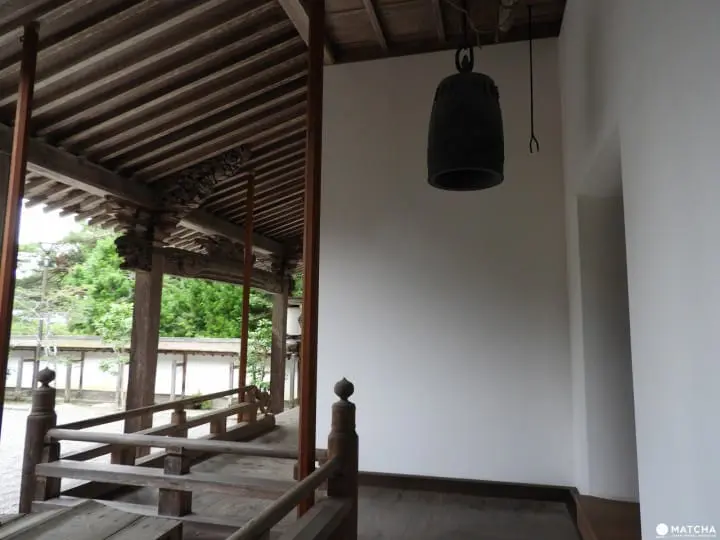Sacred Mount Koya: Stay Overnight At A Temple!

Find out what it is like staying overnight at one of Japan's famed Buddhist temples in Mt. Koya. Discover what rooms are like, its meals and other spiritual experiences that can only be enjoyed on this sacred mountain.
What Is Shukubo?

The term shukubo (temple lodging) formally referred to places for monks to stay that originated in China. However, after an increase of visitors, going to temples in the mountains such as Mt. Koya became very difficult to visit in a single day and required places for visitors to stay overnight.
Therefore, rooms for monks were opened to visitors, and this became the start of the temple lodging tradition.

Until the Meiji period, the entire Mt. Koya area was referred to as the Head Temple of Kongobu-ji. Aside from Kongobu-ji Temple and Tatchujiin Temple, there were 812 temples within Mt. Koya and currently, 117 of them still remain.
Out of the many temples, fifty-two of them allow visitors to stay overnight. Depending on the temple you stay at, the meals and rooms will vary. Some enjoy visitors actually stay at various temples to experience the differences between them during their travels.
This time, we will stay at the Hongakuin Temple, which is located fairly close to the Kongobu-ji Temple.
Inside Hongakuin Temple's Lodging Space

Within the temple lodging space, rooms are separated either by a fusuma sliding door or with a wall. Restrooms and bathrooms are generally shared among other guests. For those who would like to experience a slightly more luxurious time, there are rooms facing the garden that have private restrooms for those who do not fancy sharing with others. There are also rooms with private baths and restrooms as well.
Prices range from 9270-35,000 yen (tax included) for a one night stay and two meals. They generally only accept cash payments, but there are some temples that accept credit cards as well. It is best to ask in advance before visiting just in case.

The photo above shows the shared washroom. Behind this area are the restrooms for men and women. In the washroom, you will find amenities such as dryers and even a massage chair!

The shared bathroom that is separated by gender is shown above. On the right-hand side of the photo, you can see the washroom and toilet that are mixed gender. The bathroom is equipped with amenities such as body wash, shampoo, and conditioner.
For more information about bathing manners in Japan, please refer to ”Bath Culture In Japan: What Every Visitor Should Know Ahead Of Time”.
The Rooms

After checking in, you will be guided to your room. This is a standard room that comes with a TV and an electric kettle.

Feel free to use the other amenities provided such as towels, toothbrushes, and even a yukata to lounge or sleep in.

Upon entering your room, a monk will provide you with some sweets and tea. After you have enjoyed your dinner, the futon will be prepared and the room will become your bedroom. The futons are constantly cleaned, so they are extra comfortable.
Meals Within the Temple
Most temple lodging experiences come with dinner and breakfast. If you reserve in advance, some temples provide lunch as well.

Meals provided in the temple are referred to as shojin ryori, which are vegan - no meat, fish, dairy or egg products are used. You can also enjoy a sake called Hannyato and even beer!

You will savor your meal in a hall with other visitors staying at the temple. Indulge in a traditional Japanese meal while witnessing the extravagant art painted across the sliding doors. Depending on the temple you stay at, there are places that bring your meal right to your room instead.

Breakfast is also shojin ryori style. For those who are visiting from countries where rice is not served for breakfast, this may be a unique experience on its own.
About Hongakuin Temple

Hongakuin is a temple established by the monk, Kobo Daishi who also founded the main temple complex at Mt. Koya in 1190. The left side of the photo above is of the main temple and the gravel in the courtyard is said to represent the universe; there are often circles traced in the gravel to represent ripples.

At 6:00 in the morning in the main hall, there is a special service called the Gongyo which visitors staying overnight can participate in. You may visit at other times, however, please refrain from attending this service in the yukata provided in your room.
In addition to that, there are rituals such as the goma burning where wishes are written on a wooden plaque called a goma are burned. This ceremony is held at unspecified times, so if you are lucky, you may be able to witness it.

Within Hongakuin Temple, there is a mural painted on the fusuma sliding doors by artists of the Kano style (*1) that stayed there during the Edo period.

Outside, you will find the works of the famed garden artist of the early Showa Period, Mirei Shigemori. There are five gardens and one of them is the moss and stone garden. The serene scenery portrayed by the garden brings relaxation and stress relief to many visitors.

Within Hongakuin Temple, there are approximately thirty rooms for visitors to stay in. A long hall connects the rooms and you can see the beautiful garden from the hall window.

Enjoy the views of various Japanese gardens during your stay.
*1 Kano style: A group of artists that were active for four hundred years from the fifteenth to the nineteenth century.
How to Stay at a Temple
Reservations can be made at the Mt. Koya Temple Lodging Association's official website. You will also be able to make personal requests for special needs. You may also contact the temples directly for reservations.
Surround Yourself with Serenity at Mt. Koya

Temple lodging has long been known as an option only for monks in training, but now, all sorts of services are provided to guests wishing to stay at temples as well. Please keep in mind that these are not hotels - the monks are not there to care for your needs, but to continue to work on their daily rituals while serving visitors at specified times. Why not experience staying at a temple for a night during your next visit to Japan?
Interview Cooperation by Hongakuin Temple
奈良生まれの旅好きライター。日本の魅力を世界の人々に伝えていきたいです。








































![[2026] Top 5 Strawberry Picking Spots in Tokushima, Naruto| Farms and Access Guide for January to May](https://resources.matcha-jp.com/resize/720x2000/2025/03/06-227165.webp)


